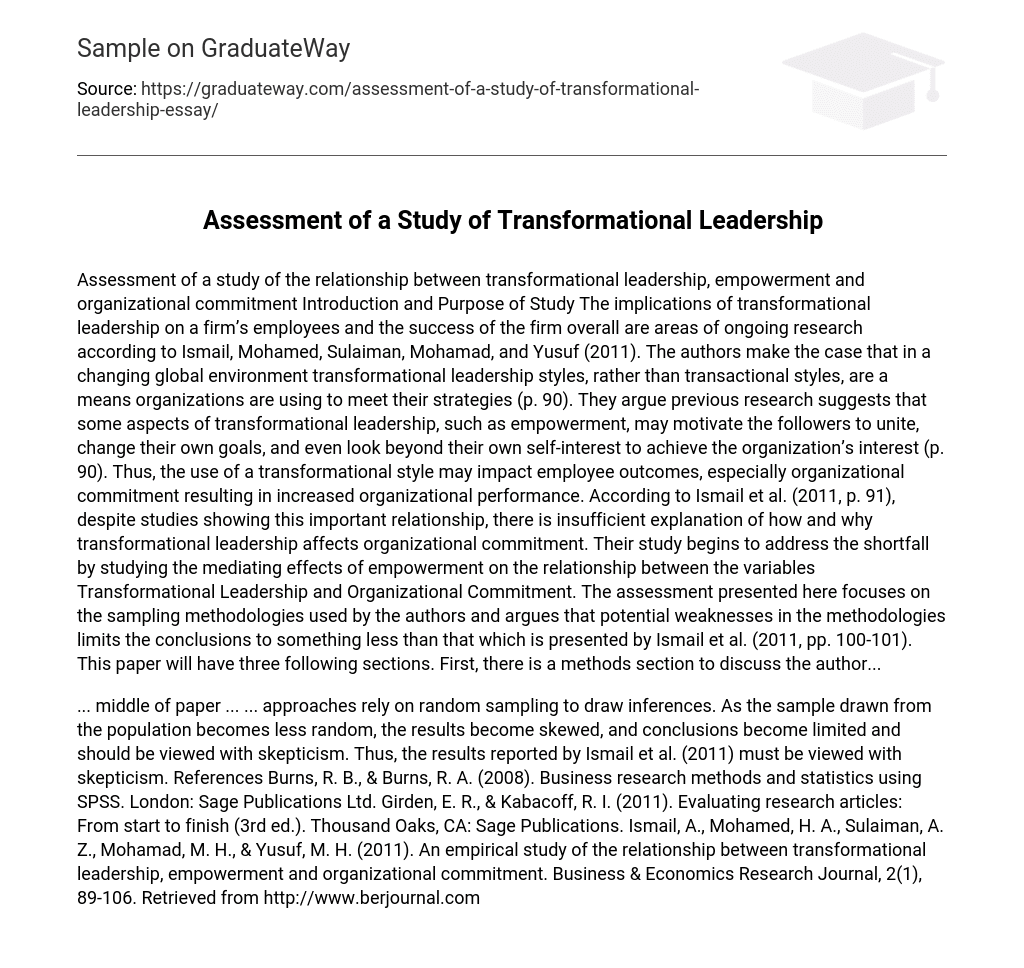Leadership – the implementation of organizational leadership, which is carried out by top management. Leadership covers the development of vision, planning, decision-making, encouragement, organization, development, empowerment and direction of people’s activities to achieve a certain goal.
- Authoritarian – the leader has enough power to impose his will on subordinates and to implement decisions without hesitation, using administrative methods of influencing subordinates. Such a leader solves all issues alone, regardless of the opinions of subordinates, often interferes in the actions of lower-level leaders, binds their initiative and does not allow them to make independent decisions, do and decide something without his knowledge.
- Democratic – characterized by a high degree of delegation. Subordinates are actively involved in decision-making and have wide freedom to perform tasks. As a rule, the decision is made only after revealing the opinion of subordinates, the leader willingly shares power with them, provides an opportunity to show initiative, develop their abilities. The leader does everything to make subordinates understand that they will have to solve most problems without seeking his approval or help. At the same time, it creates an atmosphere of openness and trust, in which the subordinate can always turn to the leader for help and advice, talk about problems that exist or are brewing, consult.
- Liberal – subordinates are given great independence in work, decision-making, the head gives only general instructions and from time to time monitors the activities of performers. This style of leadership is also called the style of non-interference.
The implications of transformational leadership on a firm’s employees and the success of the firm overall are areas of ongoing research according to Ismail, Mohamed, Sulaiman, Mohamad, and Yusuf (2011). The authors make the case that in a changing global environment transformational leadership styles, rather than transactional styles, are a means organizations are using to meet their strategies (p. 90). They argue previous research suggests that some aspects of transformational leadership, such as empowerment, may motivate the followers to unite, change their own goals, and even look beyond their own self-interest to achieve the organization’s interest (p. 90).
Thus, the use of a transformational style may impact employee outcomes, especially organizational commitment resulting in increased organizational performance. According to Ismail et al. (2011, p. 91), despite studies showing this important relationship, there is insufficient explanation of how and why transformational leadership affects organizational commitment.
Their study begins to address the shortfall by studying the mediating effects of empowerment on the relationship between the variables Transformational Leadership and Organizational Commitment. The assessment presented here focuses on the sampling methodologies used by the authors and argues that potential weaknesses in the methodologies limits the conclusions to something less than that which is presented by Ismail et al. (2011, pp. 100-101).





